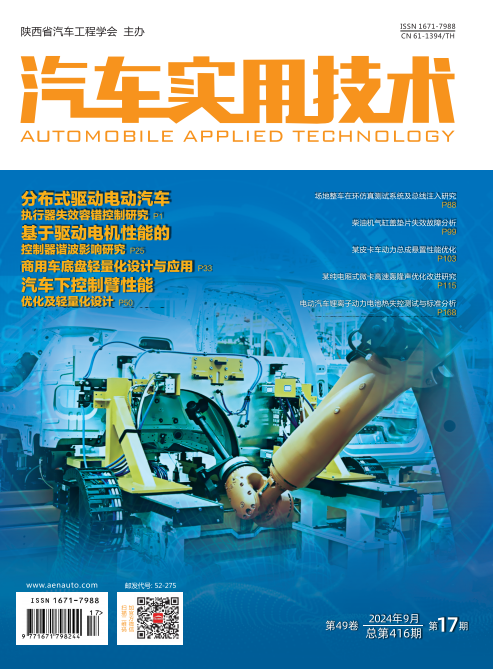|
|
Analysis of Particle Defects in Painted Body and Quality Improvement
YANG Jiankang, DONG Nan, LI Jifei, GUO Pingsheng, YUAN Qingzhu
2024, 49(17):
131-135,172.
DOI: 10.16638/j.cnki.1671-7988.2024.017.026
This article analyzes the electrophoretic and topcoat particles generated on the surface of
the car body from several aspects, including pre-treatment equipment, process parameters, personnel
operation, and production process, based on the particle problem of the painted car body of our
company's light passenger series models, and discusses their adverse effects. And process validation
analysis is conducted on how to reduce the electrophoretic and topcoat particles on the surface of
painted car bodies. Effective control of the occurrence of car body particles is achieved through
optimizing the production process flow, pre-treatment tank liquid guide groove, personnel training,
and clean workshop environment. Ultimately, the polishing amount of car body particles is
significantly reduced, and methods for reducing the effect of car body particles are summarized, and
this method has achieved good results in the actual production process, laying a solid foundation for
the subsequent production of high-quality products.
References |
Related Articles |
Metrics
|

